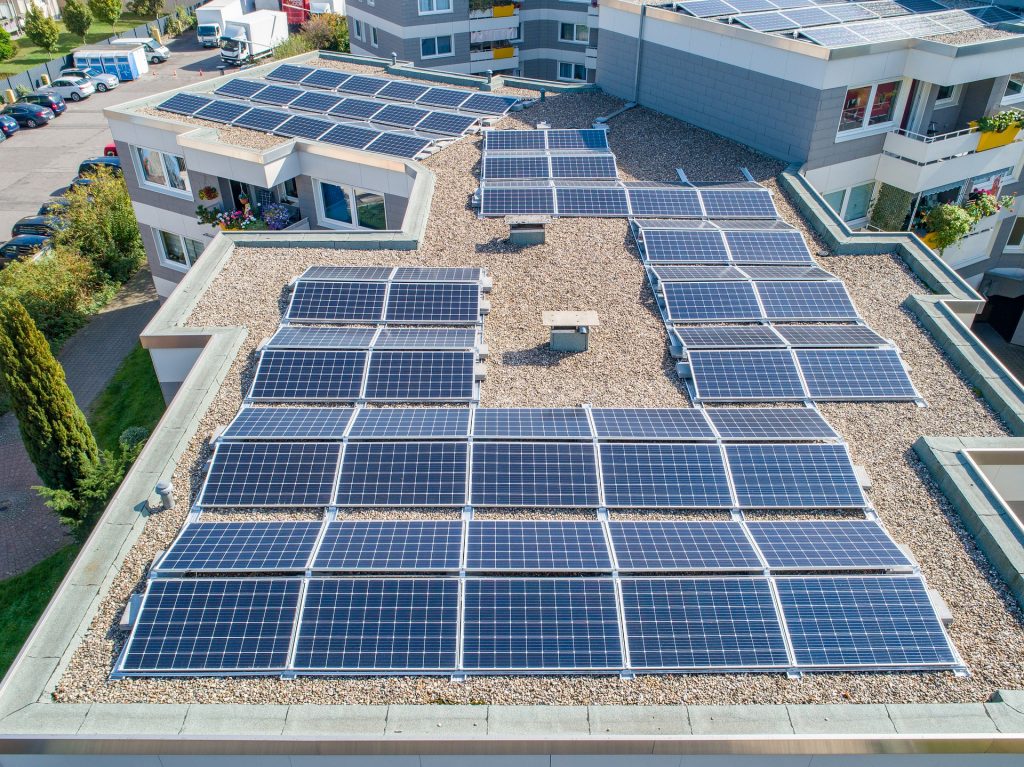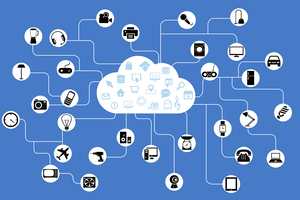The internet of things (IoT) is part of our everyday lives home assistants, parking sensors, smartwatches and smart plugs are all connected with the technology. However, these instances represent only a small segment of what the IoT can do on a global scale. From smart cities to driverless cars, connected devices form an integral part of large-scale connectivity networks.
IoT is essentially about collecting data and remotely controlling “things”, which makes it a catalyst for smarter decisions and innovative business models. Ultimately, the technology can be applied to extract more value from fewer resources, says Carsten Rhod Gregersen, CEO and founder of Nabto.
This ability is vital in the face of climate change. With best-case scenarios requiring aggressive mitigation of carbon emissions, from 40 to 70% lower than 2010 levels, mankind is in a race to net zero. In this context, IoT shows promise by improving the flow of people, energy, goods and information. Let’s take a look at some ways the technology is curbing emissions.
The impact of smart energy
One promising application is smart energy. This steadily developing IoT-enabled energy supply network, which can detect and adjust for local changes in energy use, provides numerous green benefits. For example, one small component of the smart electrical grid, the smart electricity meter, enables real-time two-way communication between consumer and utility. This makes it easier for the latter to meet energy demand with less waste by coordinating energy conservation as well as generation.
Ericsson Research projects that the smart grid could alone cut greenhouse gas emissions by 3.9% by 2030. Moreover, the technology also brings an inherent customer benefit as utilities could start rewarding consumers for using less energy during high-demand hours.

It’s also exciting to consider how this could work in tandem with electric cars and vehicle-to-grid technology. Charging in this way becomes a bidirectional process, meaning the network no longer simply supplies the vehicle’s battery with electricity, but it also considers this battery as a power source to be used to meet various energy consumption needs.
A driver who returns home at night could, for example, use the energy stored in their electric car’s battery to power household appliances. The driver can then recharge that same battery later in the evening at the time when the electricity supplier offers the cheapest rates. In the same way, the flexibility provided by vehicle-to-grid means that a battery can be charged during the hours that energy is being produced by renewable sources, and then that electricity can be used when solar or wind power is unavailable.
Improving yields with precision farming
Another application is found in precision farming. Agriculture is among the largest contributors to climate change, accounting for 24% of human-generated greenhouse gas emissions, which makes it the world’s second-largest emitter after the energy sector. Here, too, smart devices can help to remove inefficiencies and cut waste.
Precision farming uses sensors to test soil and water levels and enable site-specific field management. This is vital since soil fertility and yields differ dramatically, up to 400%, across a single field. Therefore, this technology helps identify which areas have a fertiliser or moisture deficiency and give different amounts of care to different parts of the field.
The World Economic Forum estimates that if 15-25% of farms adopted precision agriculture, global yield could be increased by 10-15% by 2030, while greenhouse gas emissions and water use could be reduced by 10% and 20%.
Meanwhile, IoT can also help to increase productivity. IoT technology allows farmers to monitor their equipment from tractor fleets to grain conveyor belts. For example, sensors can be integrated into tractors to determine if the tractor is running at peak efficiency. If the tractor is not running at peak efficiency, the sensor can send an alert to the farmer so that necessary repairs can be made immediately. This helps prevent sudden malfunctions so the tractor can stay in the field longer and, therefore, increase productivity.
Food tracking, waste prevention
Moreover, once this food is produced, connected devices can ensure it does not go to waste.
According to the Food and Agriculture Organization of the United Nations, 1.4 billion tons of all food produced every year is lost or wasted somewhere along the supply chain. When food waste goes into landfills, it emits greenhouse gases and negatively affects the climate, contributing to global warming. Also, if thrown away, the resources that have gone into production are squandered.

IoT implementation for real-time transparency and traceability helps collect comprehensive data about products moving through the supply chain from harvest and processing to distribution and retail. As a result, sensors are quickly becoming key to traceability, identification and tracking, working to make sure food is sent to the right places.
For example, Californian company ZestLabs uses data from IoT sensors coupled with predictive analytics and real-time alerts to identify and prevent issues that lead to fresh food waste along the supply chain. A report from the World Economic Forum states that applying sensor technology to the food supply chain to increase traceability could reduce food waste by 7%.
The race to net zero
Perhaps the most exciting part of connected technology is its flexibility. These are but three applications of many, and it will be exciting to see how else this technology will be used in the coming decades in the race to net zero.
As IoT technologies receive further investment and development, it can be expected that devices and sensors will play an even greater role in reducing our carbon footprint at this critical moment.
The author is Carsten Rhod Gregersen, CEO and founder of Nabto.
Comment on this article below or via Twitter: @IoTNow_OR @jcIoTnow










